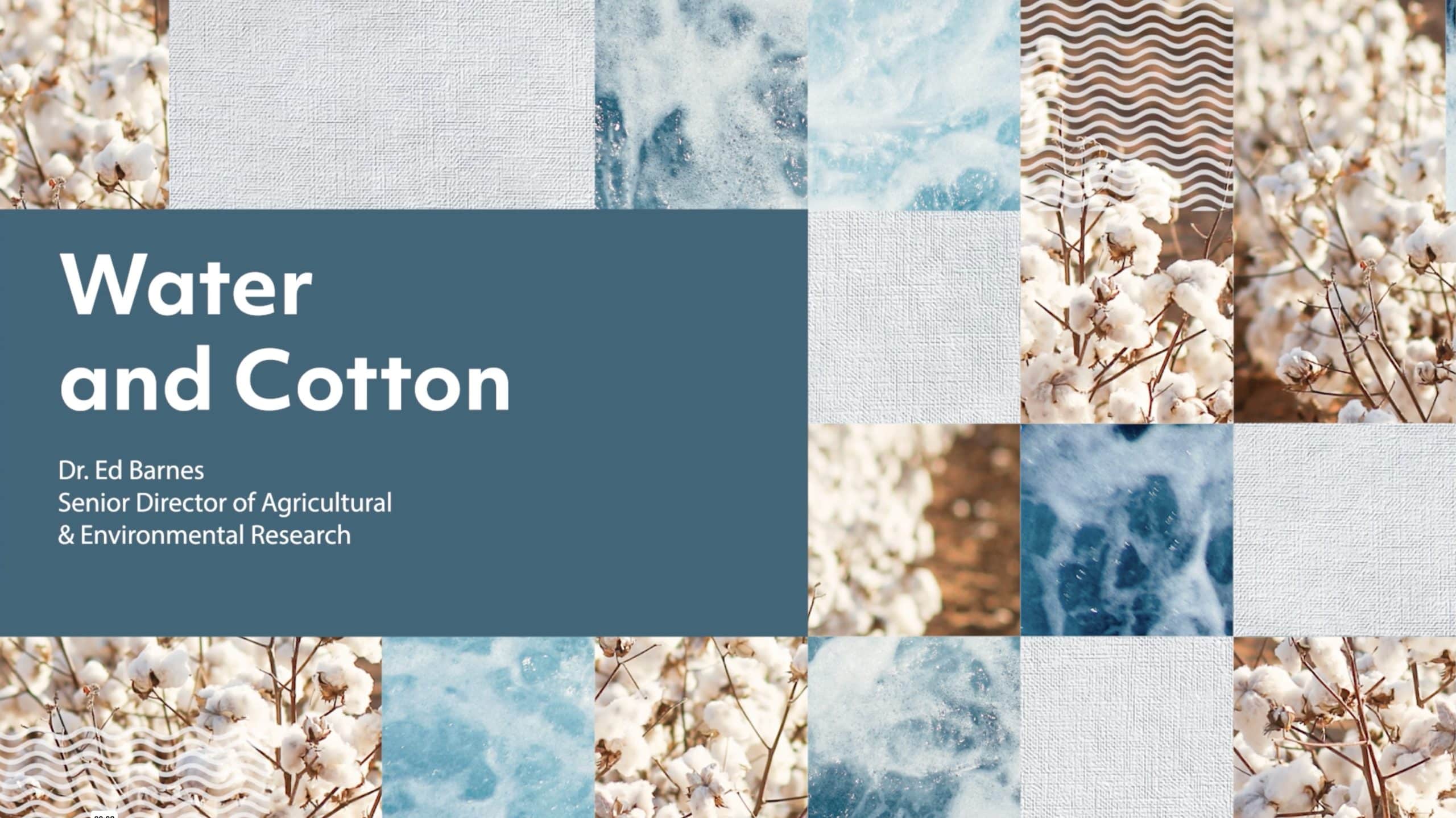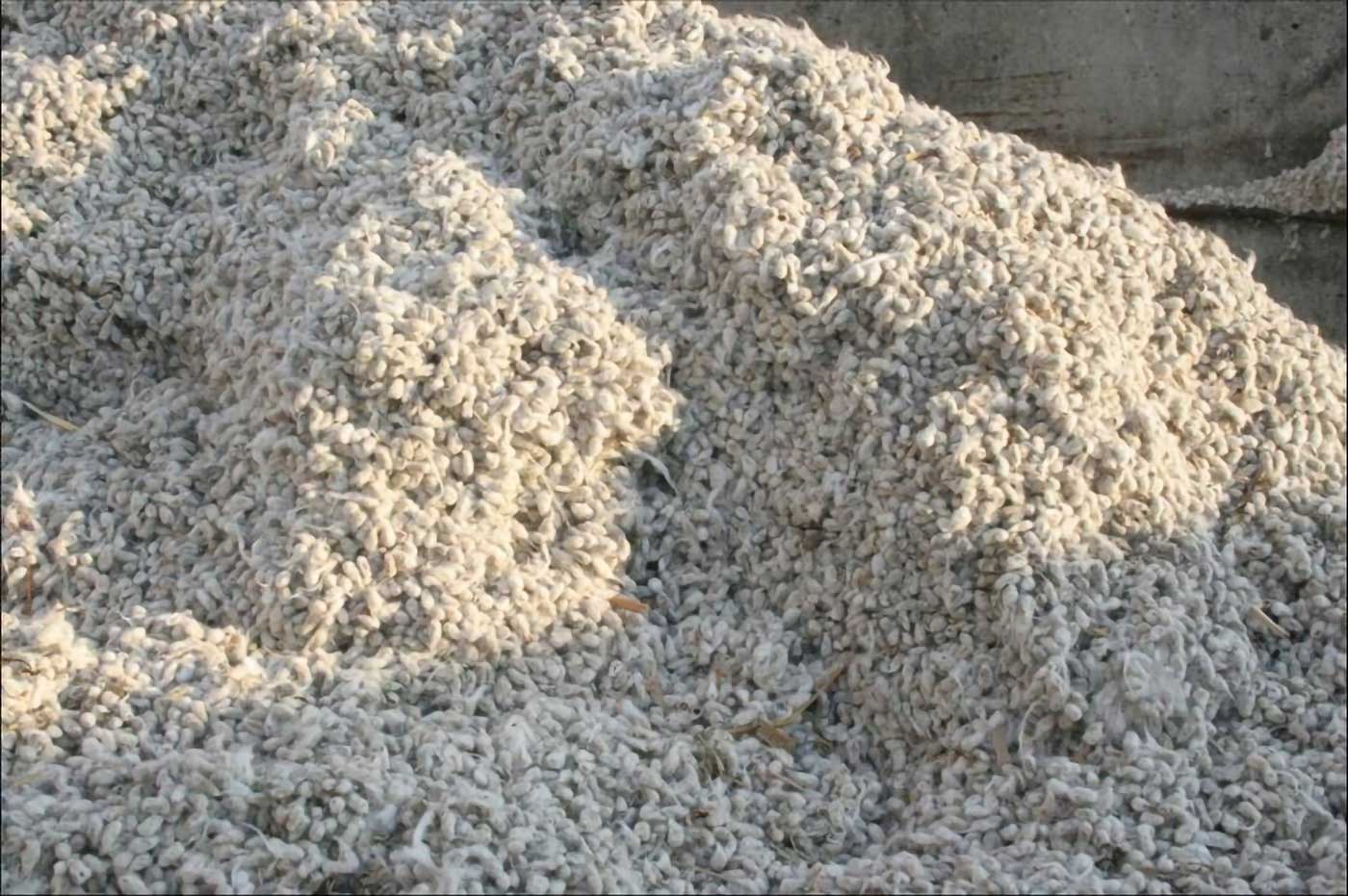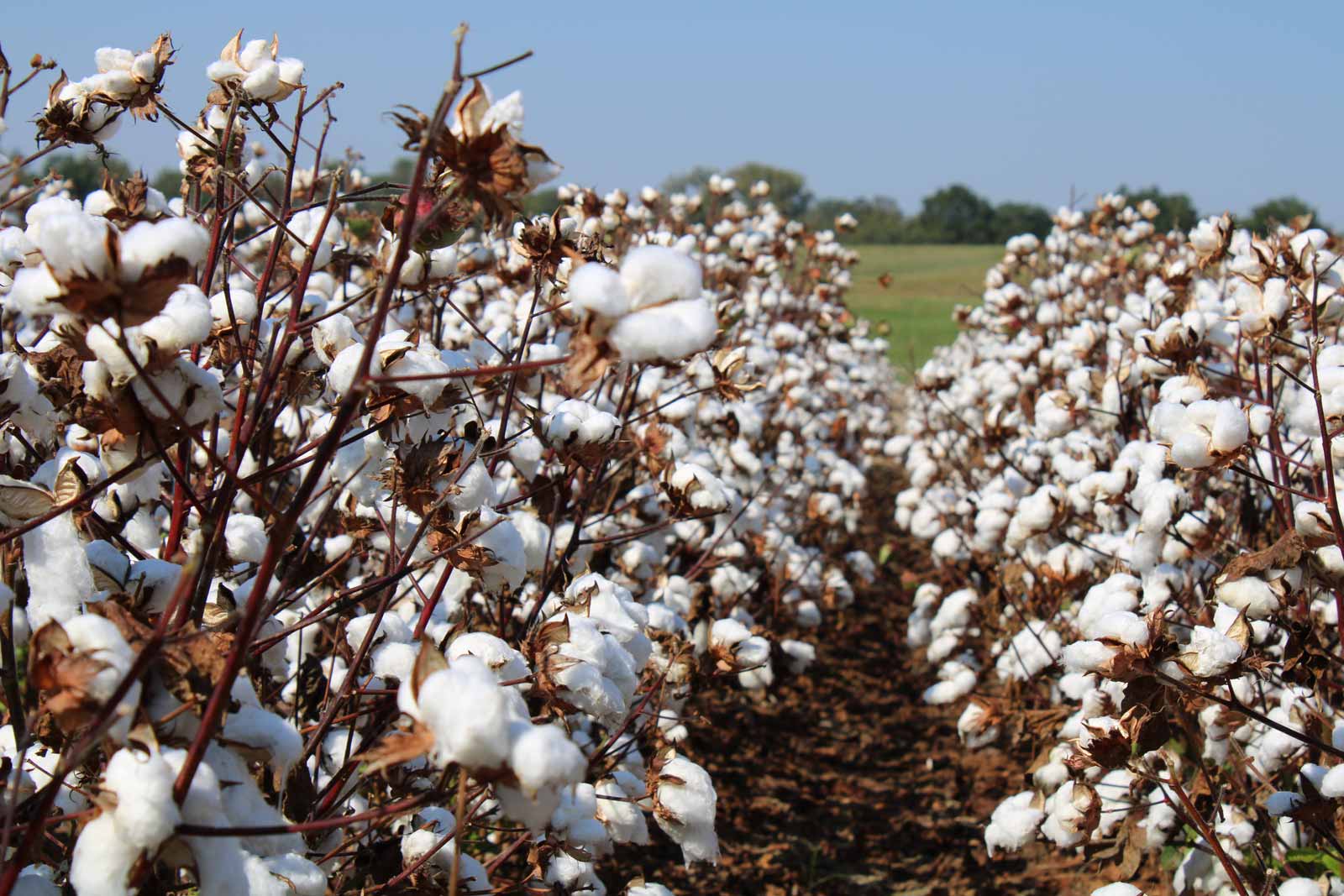A common misconception is that cotton is a water-thirsty crop. Is that the case?
Some people think that cotton takes a lot of water, but in reality, it’s a drought tolerant crop. In fact, the United States two thirds of cotton is produced without using any irrigation it gets all of its water from naturally occurring rainfall.
What does it mean for a plant to be drought tolerant?
A drought-tolerant plant can endure periods of inadequate rainfall, as it can manage without it, unlike the way it would prefer it. In the case of cotton, it has a large tap root that can delve deep into the soil to access stored rainfall. Additionally, it produces fruit throughout its life cycle, allowing it to pause fruit production during dry spells and resume when it rains again.
What practices can cotton growers implement to reduce water use?
Cotton farmers have various methods to get maximum crop per drop. For example, they use very precise application methods to make sure all the water that is applied to the field reaches the plant. They also use computer models and soil sensors that make sure that when they do apply water, it is at a time when the plant needs it. Cotton Incorporated sponsors research so farmers have even more tools to use all the water that’s available including rainfall. Cover crops increase soil health allowing the soil to hold more water and produce less run-off. We encourage cover crop planting to increase soil health and capturing runoff water in ponds for future irrigation.
How much water does it take to make a cotton t-shirt?
There are many misconceptions about the amount of water required to make a cotton t-shirt. Firstly, over half of the water used for the shirt comes from rainfall, which is uncontrollable. It will be falling on the land regardless. Additionally, one inch of rainfall on an acre of land can produce 50 pounds of cotton and 75 pounds of cotton seed, enough for 170 t-shirts and 10 cows per day. That’s a pretty good deal for an inch rainfall.




